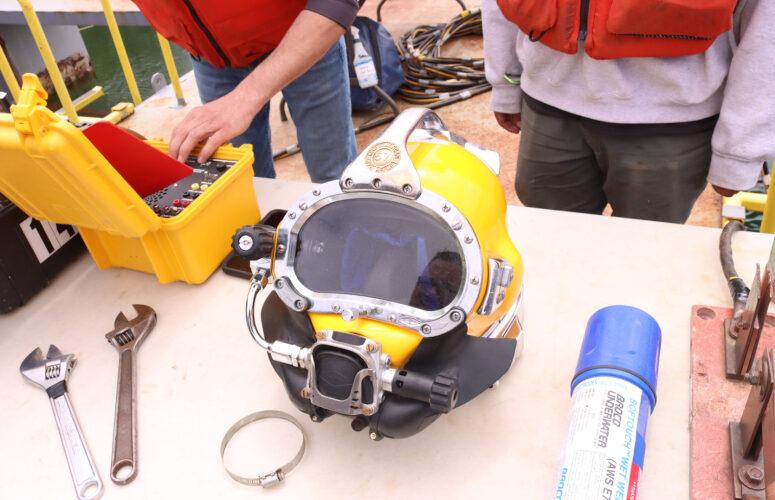
Updated Financial Plan Released for Hudson Tunnel Project
Local Share Continues at 50% of Estimated Construction Costs; Escalation due to Federal Environmental Review Delays Adds $275 million After $1.4 billion in Reductions Last Year
On Aug 28, 2020The Gateway Program Development Corporation (GDC) announced that an updated financial plan for construction of the Hudson Tunnel Project has been submitted in response to the Federal Transit Administration’s (FTA) annual call for projects for the Capital Investment Grant (CIG) Program.
The project, for funding and financing purposes, includes the construction of a new two-track rail tunnel beneath the Hudson River, the comprehensive rehabilitation of the existing 109-year-old North River Tunnel, and the completion of the third and final section of the Hudson Yards Concrete Casing.
The 2020 financial plan includes a continued local share construction cost commitment of $5.55 billion from the State of New York, State of New Jersey, and the Port Authority of New York & New Jersey. That commitment continues to meet and exceed the threshold for an improved rating in the CIG process. The Port Authority’s funding commitment alone surpasses the requirement to qualify for CIG funding. The updated financial plan also includes a continued Amtrak commitment of nearly $1.3 billion.
Overall construction costs for the Hudson Tunnel Project increased $275 million, due to escalation from the delay in starting major construction, which cannot begin until a Final Environmental Impact Statement (FEIS) and a Record of Decision (ROD) for the new tunnel and rehabilitation of the existing North River Tunnel are issued.
Additional details of the 2020 Financial Plan are outlined in the attached cover letter, including:
- Responsibly updating the project’s projected start of major construction by one year to early 2022, necessary while the project partners await Federal action on the FEIS and ROD and advancement on the project’s financial plan rating and funding.
- Revising the project’s estimated construction cost to account for the time-driven escalation: after reducing the estimated construction cost in the 2019 Financial Plan from $12.7 billion to $11.3 billion, the delay results in a new estimated construction cost of $11.6 billion.
- This includes $9.8 billion for the new tunnel and $1.8 billion for the rehabilitation of the existing tunnel.
- Requesting $5.5 billion from the FTA’s CIG Program, which continues to be more than $1 billion less than the request in the 2018 Financial Plan. The 2020 request represents 44.3% of the total project, which also continues to be a reduction from the 49.4% previously sought in the 2018 Financial Plan.
Steven M. Cohen, New York Trustee and Chair of the Gateway Program Development Corporationsaid: “All of our partners, the two states, the Port Authority, and Amtrak, remain fully committed to getting a new Hudson Tunnel built and rehabilitating the existing nearly 110-year-old tubes. Together, their funding commitments more than qualify the project for an improved financial plan rating from FTA. Now we need a Federal Administration that works with us. With the COVID pandemic, the Hudson Tunnel Project has only taken on even more urgency as the nation looks to bring back jobs and stimulate the economy, essential workers need reliable transportation in the short term, and the region and nation need 21st century rail transportation to build better infrastructure for the long term.”
The project will play a significant role in economic recovery from the impact of COVID-19. The project provides long-term resiliency, reliability, and redundancy to the regional and national rail network, adds over 72,000 direct jobs and $19 billion in economic activity, including an average of $85 million per month in direct spending on materials and labor, and adds resiliency against extreme weather events.
The 2019 Financial Plan was predicated on the USDOT issuing a FEIS and ROD in calendar year 2019, and the 2020 Financial Plan is predicated on the USDOT issuing a FEIS and ROD in calendar year 2020. The FEIS and ROD continue to be critically important to advancing the project’s financial plan and design, entering into the next phase of the FTA CIG Program (Engineering), and advancing certain early work activities that would require a Letter of No Prejudice and/or Early Systems Work Agreement from FTA before starting.
To access more business news, visit NJB News Now.
Related Articles:





